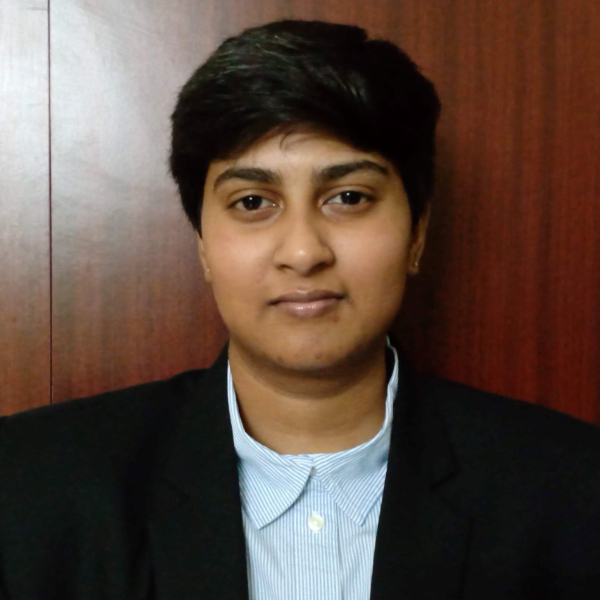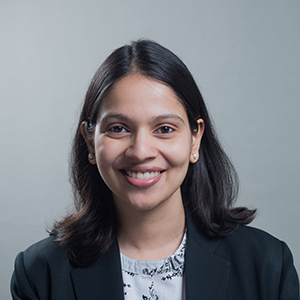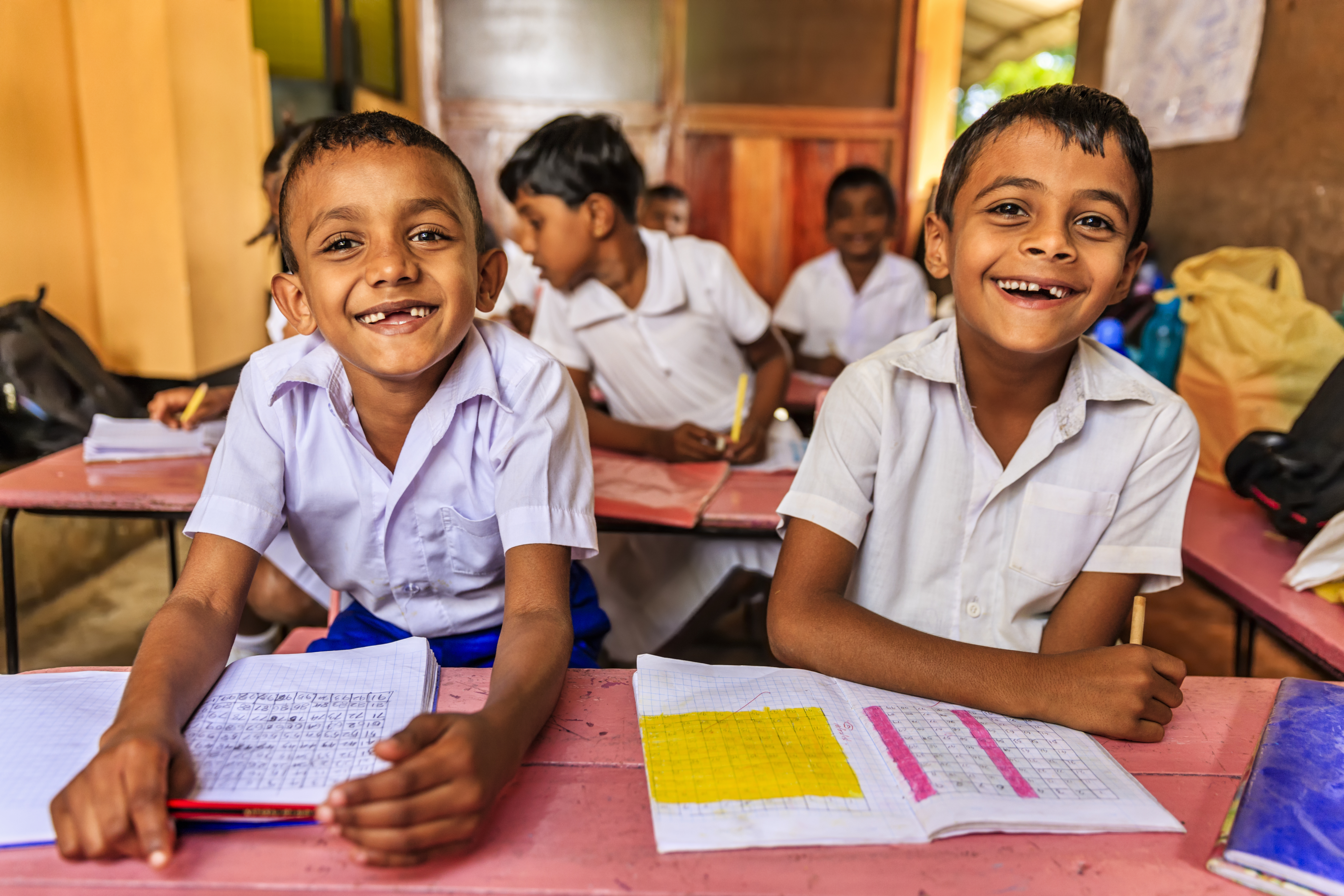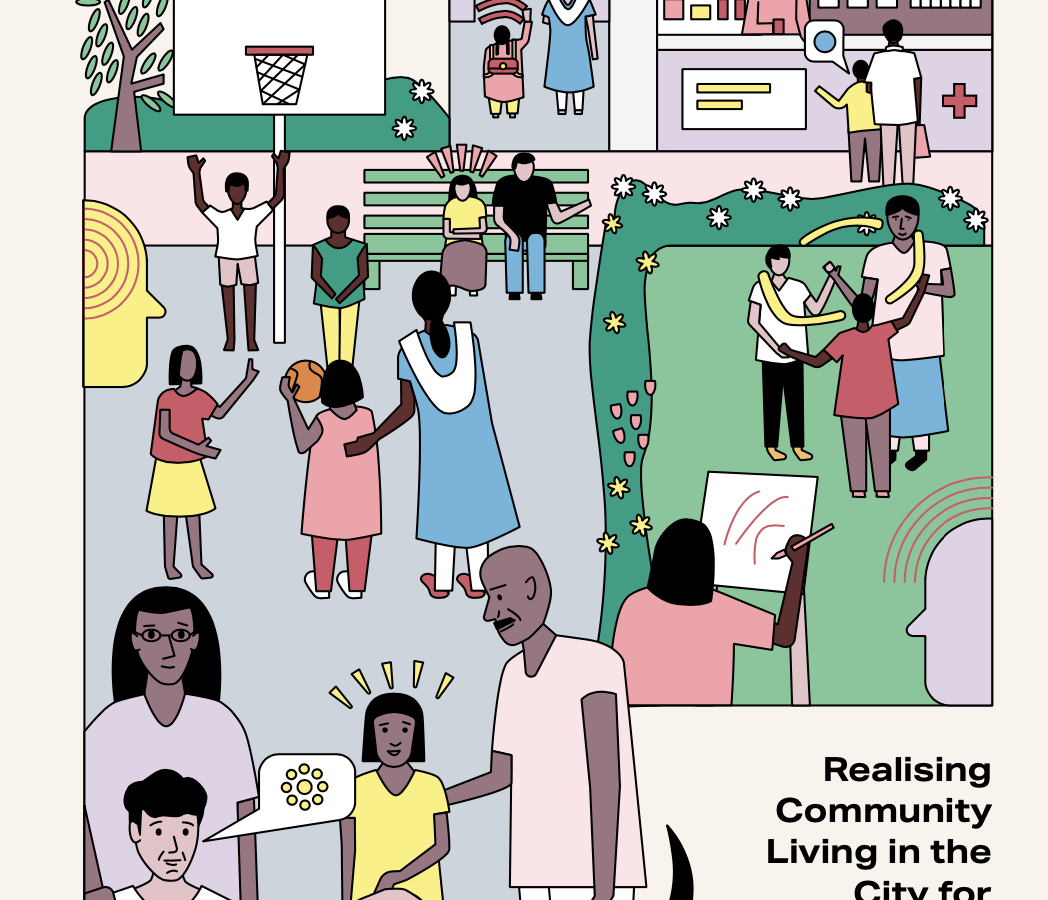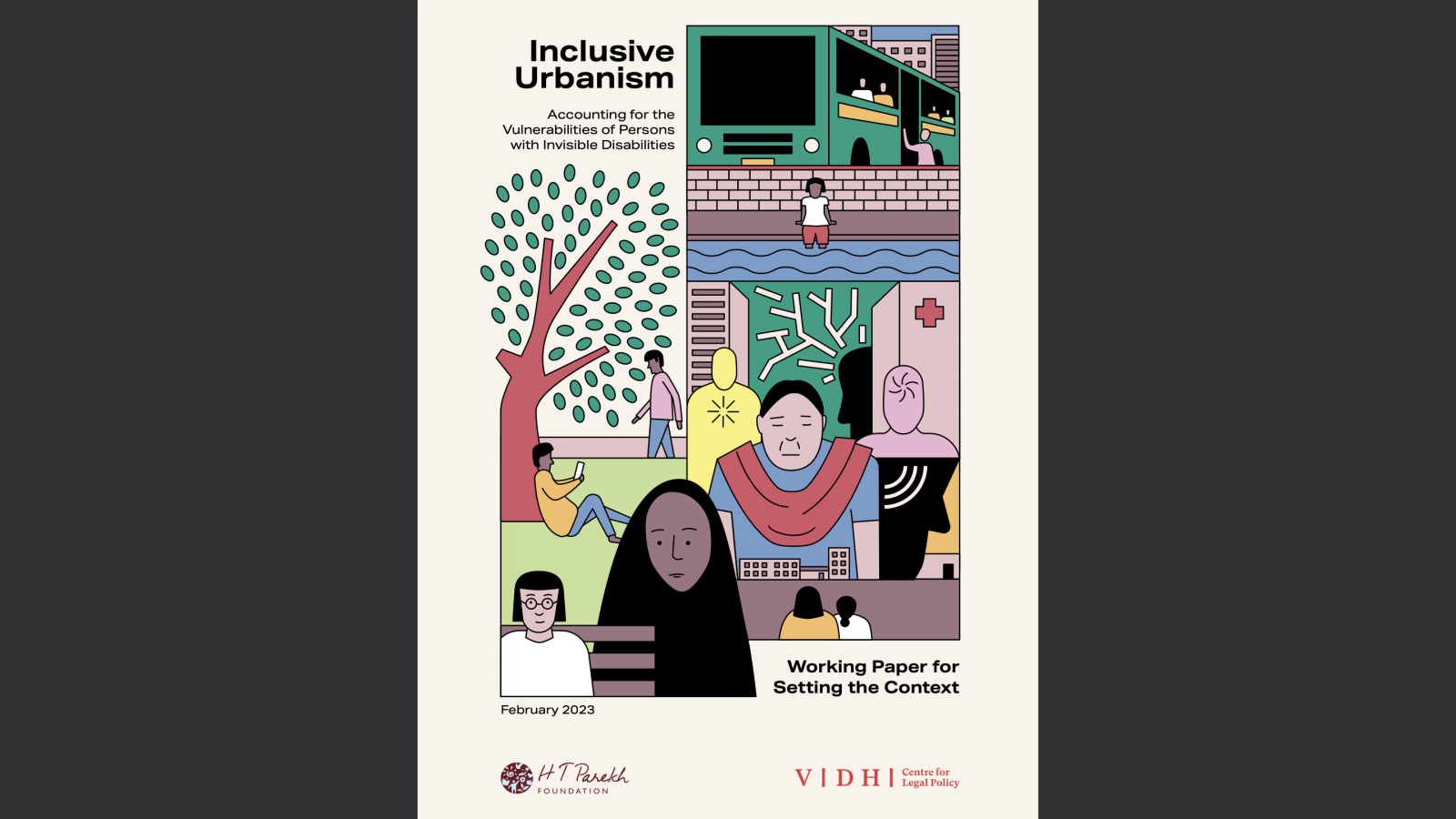
Inclusive Urbanism
Summary: Accounting for the Vulnerabilities of Persons with Invisible Disabilities
Disability is a diverse concept influenced by various factors, and arising from a combination of biological, social, and psychological elements. As a result, it can manifest in different forms, varying from highly visible and identifiable to less apparent or even invisible disabilities.
When it comes to measures to promote access to spaces for persons with disabilities, policy responses exhibit a greater focus on accommodation measures for persons with more visible disabilities such as locomotor and sensory disabilities (in the form of wheelchair ramps, tactile flooring, etc.). While these are important, persons with invisible disabilities such as psychosocial and intellectual disabilities, tend to be left out of policy imagination in conceiving of such access measures. This is the state of affairs even though it is estimated that up to 20 crore people in India live with psychosocial disabilities and up to 3 percent may have an intellectual and developmental disability. Moreover, major depressive and anxiety disorders have seen a substantial increase of almost 35 percent as a result of the COVID-19 pandemic.
While earlier, the social and environmental barriers faced by persons with invisible disabilities were not given much attention, the COVID-19 pandemic has highlighted the importance of accessible amenities, social and community support for overall well-being. This realisation is important especially in the context of cities where invisible disabilities such as depression, anxiety and schizophrenia are found to occur more commonly.
The working paper series, ‘Inclusive Urbanism: Accounting for the Vulnerabilities of Persons with Invisible Disabilities,’ focuses on enhancing the accessibility and liveability of cities for individuals with psychosocial, intellectual, and developmental disabilities. It builds on previous work by Vidhi (the white paper on ‘Beyond Reasonable Accommodation – Making Karnataka’s Cities Accessible by Design to Persons with Disabilities’, released in 2022), which notes that persons with disabilities continue to remain unaccounted for in measures aimed at enhancing access and inclusion in urban settings.
The first working paper in the series performs an introductory and context-setting exercise to examine why persons with invisible disabilities are often overlooked in access and inclusion efforts in urban spaces. It acknowledges that social and environmental barriers specific to invisible disabilities, which many times in themselves are invisible (such as stigma and attitudinal barriers); receive inadequate attention. It then lays out the scope of ‘invisible disability’ in connection with the treatment of the same under Indian law. The working paper seeks to start a conversation on accessibility and inclusion needs in cities, specific to psychosocial disabilities, intellectual and developmental disabilities (focusing specifically on ‘mental illness’, intellectual disability’ and autism spectrum disorder as defined under the Rights of Persons with Disabilities Act, 2016 (“RPWD Act”).
While the first working paper (completed in February 2023), aims to foster a conversation and raise awareness about the meaning of access to urban spaces for persons with such specific invisible disabilities, it will be succeeded by three more working papers (drafted in the ensuing months of 2023). These subsequent working papers independently delve into the theme of accessibility and inclusion in cities with respect to mental illness, intellectual disability, and autism spectrum disorder (given the rising number of cases of autism, coupled with specific documented effort on measures to ensure more accessible and inclusive urban spaces).

